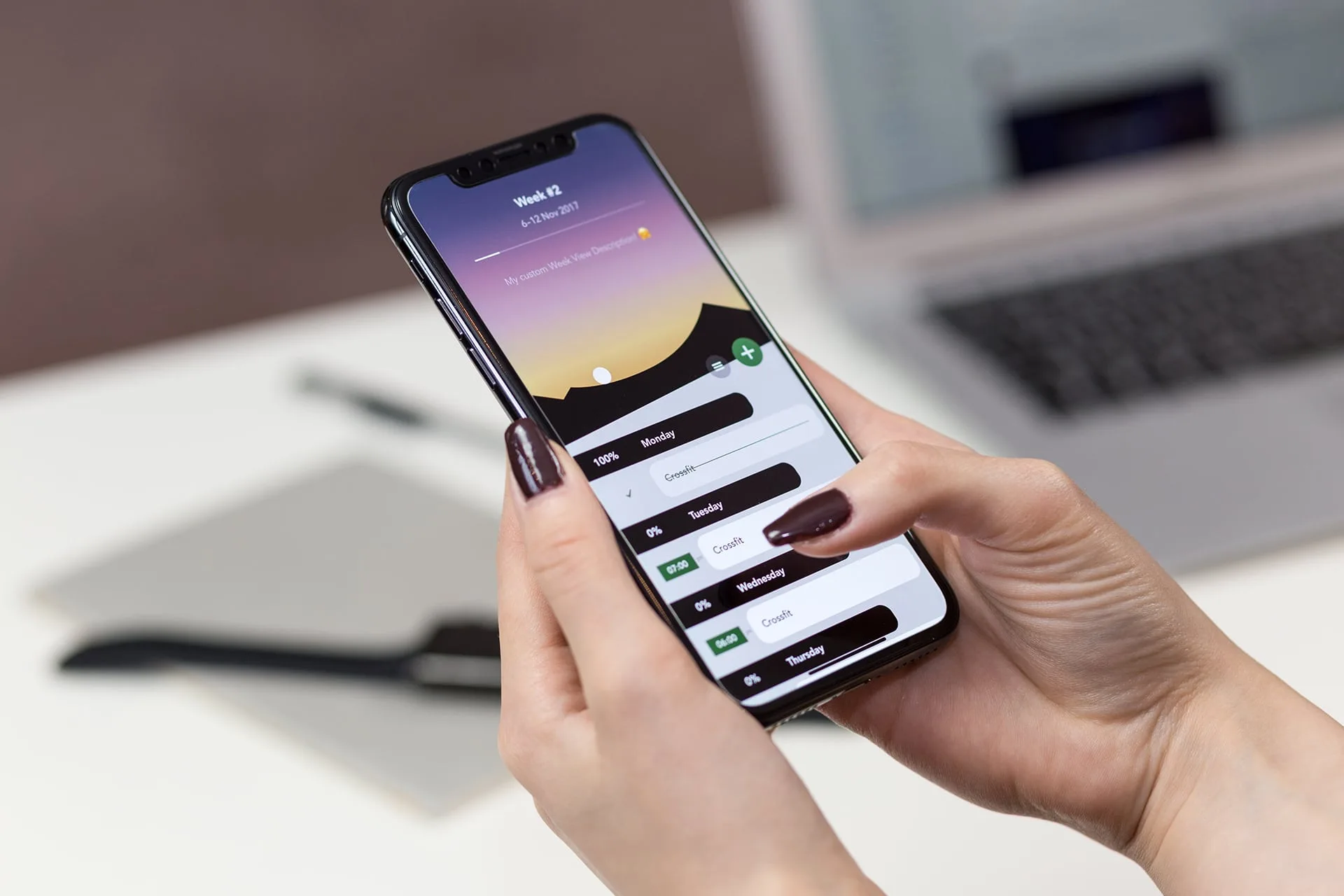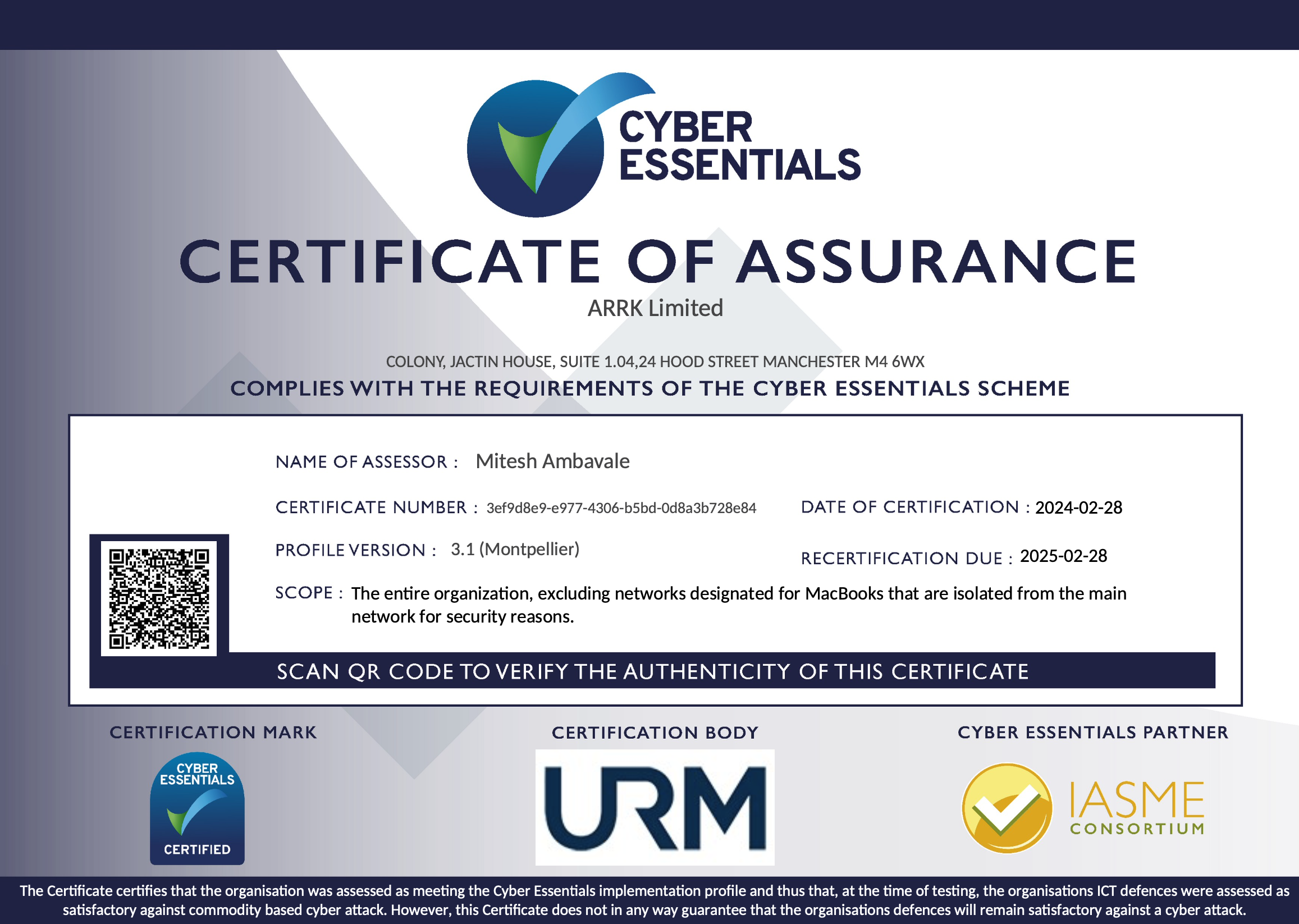Mobile App Development
By Siddharth Gujarathi |
|
4 mins read |

Today, the availability of mobile apps is on the increase, producing a noticeable change in how humans experience computing. Mobile phones have undoubtedly made life ‘on the go’ easier. Imagine not going to a grocery store but still being able to order them from your mobile. Imagine not going to the bank but still transferring money to friends and family with a click of a button from your mobile. All thanks to the app developers and the awareness created by the tech industry about the importance of mobile apps. This white paper explains how Arrk Group helped a customer build a bespoke mobile app to serve the needs of their users and improve user experience in their interaction with the platform.
The customer is a key player in the student discount industry in the UK and was looking to launch a refreshed and rebranded version of the app. The target audience was mainly between 16 and 25, so it was crucial to consider features and colour schemes that would attract those users. The team identified different personas and developed use cases around them. The app needed to be user-friendly, fast, responsive, and engaging enough to attract repeat visits. Special attention had to be given to the user experience around sign-in and sign-up flow for existing users who were migrating from the older platform to the new app. Arrk’s team collaborated with stakeholders to design and iterate user flow versions, identify user journey pain-points, and study competitor features. Timing the app launch with peak sales season required stakeholder approval of a minimum viable product.
The team decided to build native apps for iOS and Android because of the simplicity on offer. It is always easier for native apps to integrate with some key features offered by Apple and Google out of the box, and worth mentioning that these features are always made available on native first as compared to hybrid apps. Swift (for iOS) and Java, Kotlin (for Android) were the chosen languages, and the team has been working through the latest versions to stay up to date. The idea from the onset was to keep the app lightweight and render most of the data using backend services rather than building custom logic on the front end; this helps us stay flexible and push minor changes without publishing a newer version of the app.
JOURNEY SO FAR
The engineering team at Arrk continues to work with the stakeholders to develop bespoke features for the app that fit the long-term vision of the product. Integration with a third party to provide a digital solution to purchase and verify proof of age ID card, the launch of a brand-new home screen, improved onboarding journey for the user, and a dedicated section inside the app to store the latest notifications are a few of the key pieces of functionality developed over the last two years since the time of launch. The engineering team has also achieved unit test coverage of ~80% and considers it a ‘to-do’ task when picking up any new functionality. This is complemented very well by the test automation coverage, which helps us find bugs quickly by running it across various environments and, in turn, saves us much manual effort in regression testing.
The team also understood the importance of capturing analytics and worked on capturing the simplest user interactions within the app. This gives the marketing team a deep insight into user behaviour and spending patterns across demographics, and this helps the business make informed decisions when running brand campaigns in the future.
A/B testing of features, built-in remote configuration to turn a piece of functionality on/off as per business/user need, and staggered releases over a period have been implemented by the team to understand the pulse of the user base and stay on top of their needs. We also use a tool called AppFollow to check the trend for some key statistics and stay abreast of our competitors. AppFollow also provides integration with our customer support portal to quickly reply to any user reviews on the App Store or Play Store, and this comes in handy.
KEY STATISTICS
Listed below are a few of the key statistics that the app has managed to achieve over the past couple of years –
- 100k+ downloads on iOS (app store) and Android (play store) each
- App Store (iOS) rating at 4.5 and Play Store (Android) rating at 3.8, and organically growing
- Upwards of 100k monthly active users combined across both platforms
- Daily user engagement stands at around 2 minutes per user
- Crash-free users above 99.5% for iOS and Android each
- The adoption rate for a new app version is upwards of 90% within the first seven days of release
The engineering team at Arrk continues to tap into the latest trends in the fast-paced app development world and add value to the platform. Keeping it simple but effective has been our mantra, and we intend to do that going forward.








